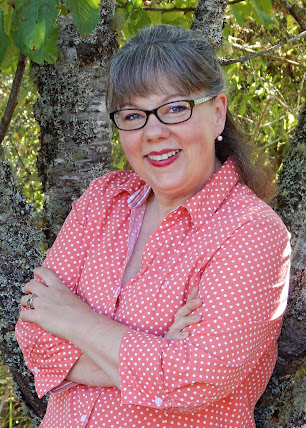 With inflation creeping up and the cost of feeding our family rising, one of the ways I'm trimming costs is by using dried, rather than canned, beans. There are lots of good reasons to make the switch:
With inflation creeping up and the cost of feeding our family rising, one of the ways I'm trimming costs is by using dried, rather than canned, beans. There are lots of good reasons to make the switch:
* Dried beans are cheaper. I find dried beans are about 50 percent cheaper, on average. (A 16 oz. bag of dried beans generally yields the same as three 15.5 oz. cans of beans.)
* Dried beans are healthier. A single serving of Bush's black beans, for example, contains 480 mg of sodium. The same amount of dried beans contains...no sodium, unless you add it. And while I'm a bit skeptical about the whole BPA hoopla, there's no doubt commercially canned foods are more exposed to BPA than dried beans. Not to mention most canned beans contained artificial preservatives.
* Dried beans take up less room in my pantry.
* Dried beans don't go bad unless they get wet. I don't have to worry about using them up before an expiration date. It's a good idea, though, to put them in air tight containers.
I think the biggest obstacle to switching to dry beans is the idea they take a lot of time or effort to prepare. But, in reality, dry beans are easy to prepare - and you can even turn them into a convenient ingredient in many recipes. Here's how:
1. In the evening, pour some dried beans in a pot and add enough water to cover them, plus several inches.
2. Sometime the next morning, pour the beans into a colander.
3. Fill the pot with fresh water (enough to cover the beans, plus about 2 inches) and simmer the beans until cooked through. (ALTERNATIVELY you can place dried beans in a pot with three times their volume of water and boil them for 2 minutes. Remove from the stove, cover, and let them stand as is for an hour before draining.)
4. You may now use the beans, freshly cooked, in a meal. Or you may refrigerate them (covered) until the evening meal.
Now here's my big time-saving tip: Cook up a large batch of beans and measure them out into commonly used amounts. Place them in air tight freezer bags and freeze them. Then, when you're cooking, you can defrost the beans directly in the cooking pot, or you can set them out in the morning to defrost completely before you start the evening meal.
If most of your recipes are for canned beans, you should know a 14 oz. can of canned beans is the equivalent of about 1 1/2 cups cooked dry beans and a 19 oz. can is about the same as 2 cups cooked dry beans. 1 cup of dry, uncooked beans equals about 3 cups cooked dry beans.
Do you have any tips for using dried beans?


In Brazil dried beans is all we eat. We don't have canned beans available to buy at the supermarket at all!!!!
ReplyDeleteNow here in America I buy my dried beans I cook them as I would in Brazil. You can do it like you described in your post or you can cook them in your pressure cooker. In the cooker you need to fill it up to the MIDDLE of it, because beans produce bubbles and foam, if you put water above the middle of the cooker, you will have bubbles and water coming out the sides of the cooker. they cook in the pressure cooker at medium heat for 20 minutes.
I usually cook about 1 pound of dried beans in a big pot and once they are done, I sautee one large diced onion with garlic and olive oil, I add salt, cummin (you can add paprika or diced tomatoes, if you like) and then stir it in the cooked beans. I let them simmer together for another 10 minutes. I let the beans cook and then I use my old big yogurt containers (2 lb) to spoon my beans in and freeze. I usually get 4 of those and may have some left over for that day's meal or for soup.
When I want beans, I defrost the beans on the counter top and then re-heat on the stove top. They are already seasoned so they are ready to go. I serve them over brown rice, or I add browned ground meat and make chilli, or vegetables and noodles and make soup.
If I want to use the beans for salads or soups, I may drain the water after they are cooked and not season them and just freeze them in a ziploc bag.
Dried beans are wonder food: lots of B vitamins, fiber, protein, very filling, healthy food. :)
Thanks so much for those insights, Tereza. Unfortunately, many Americans (myself included) sometimes have a hard time getting away from prepared, processed foods. I'm working on it, but I still have a way to go!
ReplyDeleteI *so* needed this post! My husband whines about "crunchy" beans whenever I make chili. It seems no matter how I follow the instructions, they're always crunchy. I'll keep at it, though. One of these days, I'll get it right. :)
ReplyDeleteGreat info, too, on the yields. I've wondered about that. Thanks, Kristina!
Liberty, let me know how it goes. Do you think you're just not adding enough water to the soaking pot?
ReplyDeleteI've had problems with our beans being crunchy as well, and discovered I didn't allow them enough cooking time. It may also depend on the type of bean. Kidney and Black beans are the most difficult.
ReplyDelete